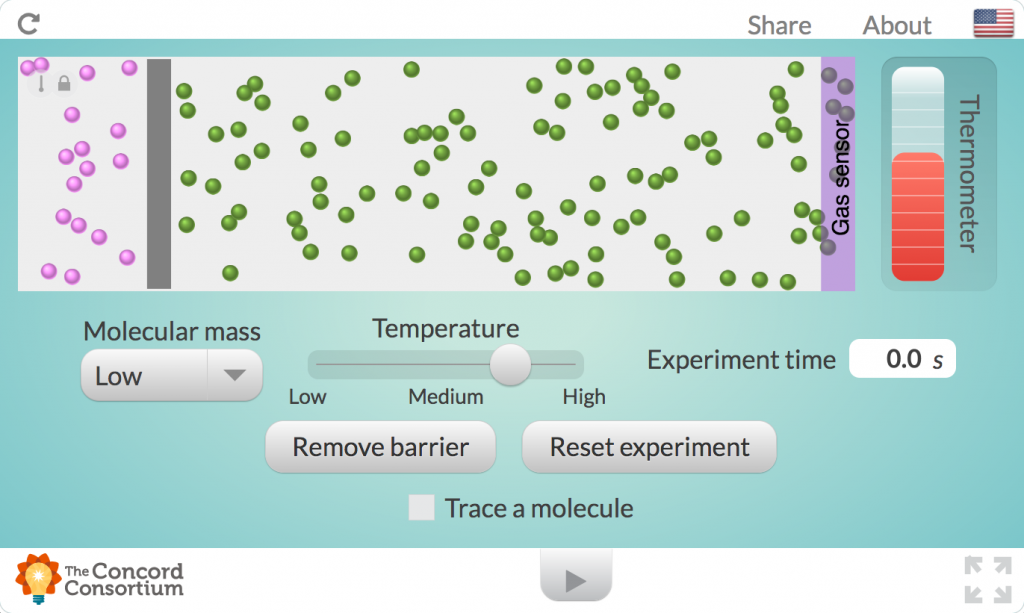There are over 100 standalone models available in our STEM Resource Finder, which you can assign to your students.
Consider the following ways you might use them in your classroom.
- Project a model for the whole class to see. Explore data and phenomena. For instance:
- Look at the patterns of earthquakes and volcano locations in the Seismic Explorer model. Why do you think earthquakes happen where they do?
- Look at the difference in heat transfer between well and poorly insulated buildings in the Well and Poorly Insulated Houses model. What makes for a well-insulated building?
- Have the students make predictions of what will happen when a variable changes.
- What will happen to the level of water vapor in the atmosphere when you reduce the level of human emissions in the Climate Change model?
- How do you expect tillage to affect the amount of topsoil in the Land Management model?
- How does molecular mass affect diffusion speed? Use the Diffusion and Molecular Mass model to find out!
Screenshot of Diffusion and Molecular Mass model.
- Challenge your students to create an outcome in small group work. For example, have your students simulate a balloon’s flight from ground level to high altitude with our What is Pressure? model. Where should they remove atoms to simulate the balloon’s ascent?
- Embed the link to a model (use the model’s Share feature!) in a shared Google Doc along with a question or two for review, enrichment, or homework.
These are just a few examples of what you can do with our scores of models. How do you use our models in your classroom? Share your ideas here. And let us know if you have any questions.
